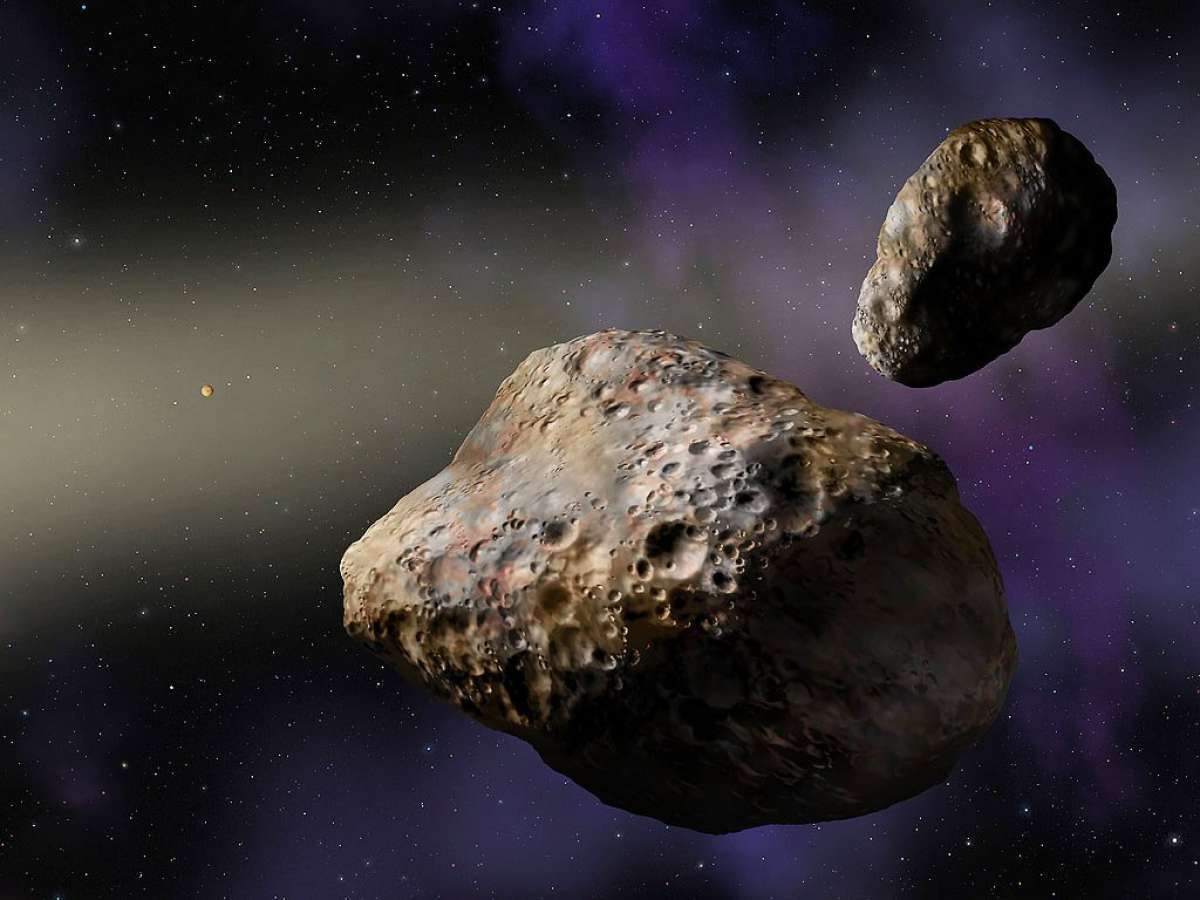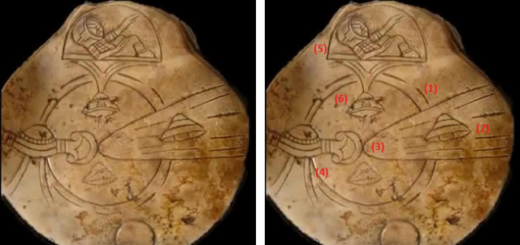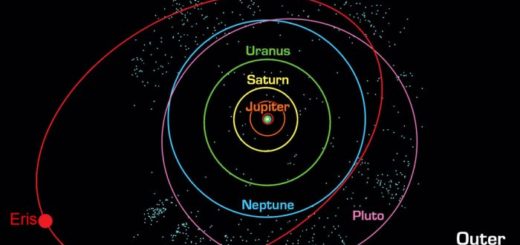Pickup truck-sized asteroid came less than 300 miles from hitting Earth

An asteroid roughly the size of a Ford F-150 flew less than 300 miles away from Earth last week, setting a record for the closest-known asteroid to fly past the planet without hitting it, NASA announced.
According to the Center for Near-Earth Studies (CNEOS), the space rock, known as 2020 VT4, passed within 240 miles of Earth’s surface on Nov. 13 at 5:20 UTC.
It was initially discovered by the Asteroid Terrestrial-impact Last Alert System, which is run by both NASA and the University of Hawaii.
2020 VT4 is considered a Near-Earth Object (NEO) given its close proximity to Earth. However, given its size (between 16 feet and 32 feet wide), it is not considered a “potentially hazardous” NEO and likely would have broken up in the atmosphere.
“Potentially hazardous” NEOs are defined as space objects that come within 0.05 astronomical units and measure more than 460 feet in diameter, according to NASA. According to a 2018 report put together by Planetary.org, there are more than 18,000 NEOs.
In August, a similar-sized asteroid known as 2020 QG flew within 2,000 miles of Earth, which was a record at the time. Although NASA did not spot 2020 QG until it passed the planet, it too would not have caused any damage had it hit Earth, a NASA spokesman previously told Fox News.
In 2018, NASA unveiled a 20-page plan that outlined the steps the U.S. should take to be better prepared for NEOs, such as asteroids and comets that come within 30 million miles of the planet.
A recent survey showed that Americans prefer a space program that focuses on potential asteroid impacts over sending humans back to the moon or to Mars.
In April 2019, NASA awarded a $69 million contract to SpaceX, the space exploration company led by Elon Musk, to help it with asteroid deflection via its DART mission.
NASA Administrator Jim Bridenstine said in April 2019 that an asteroid strike is not something to be taken lightly and is perhaps Earth’s biggest threat.



 Creators of mankind
Creators of mankind Description of “Tall white aliens”
Description of “Tall white aliens” Where they came from?
Where they came from? About hostile civilizations
About hostile civilizations The war for the Earth
The war for the Earth “Tall white aliens” about eternal life
“Tall white aliens” about eternal life Video: “Nordic aliens”
Video: “Nordic aliens” Aliens
Aliens Alien encounters
Alien encounters The aliens base
The aliens base UFO
UFO Technology UFO
Technology UFO Underground civilization
Underground civilization Ancient alien artifacts
Ancient alien artifacts Military and UFO
Military and UFO Mysteries and hypotheses
Mysteries and hypotheses Scientific facts
Scientific facts


















